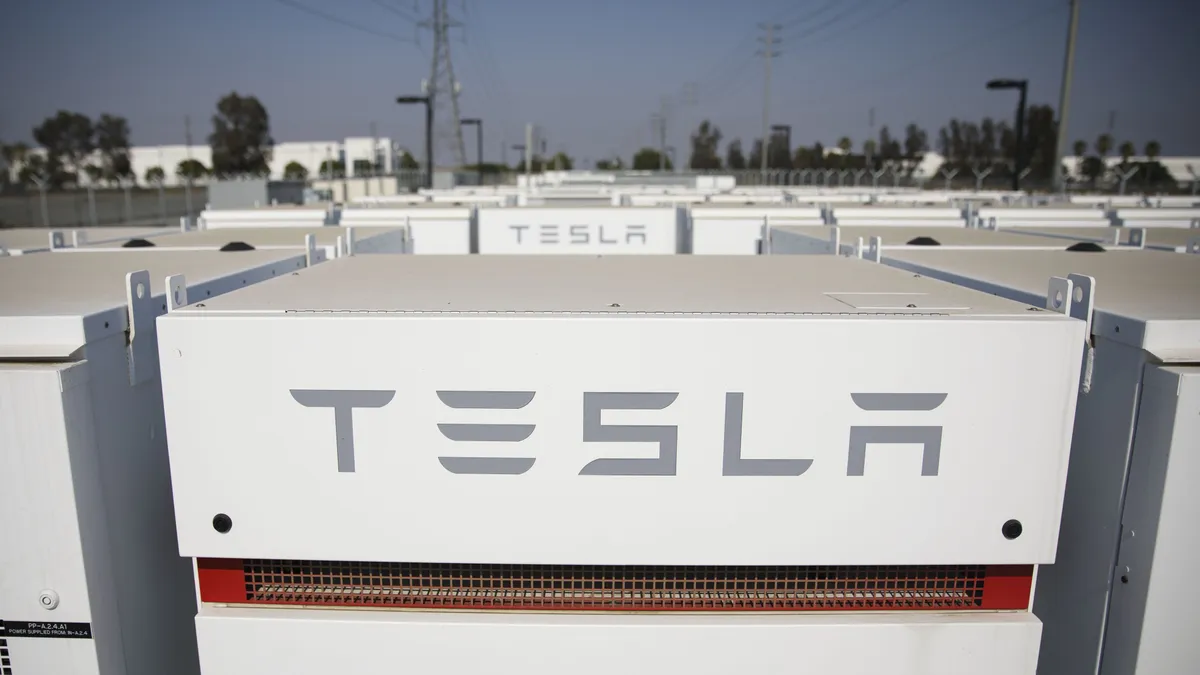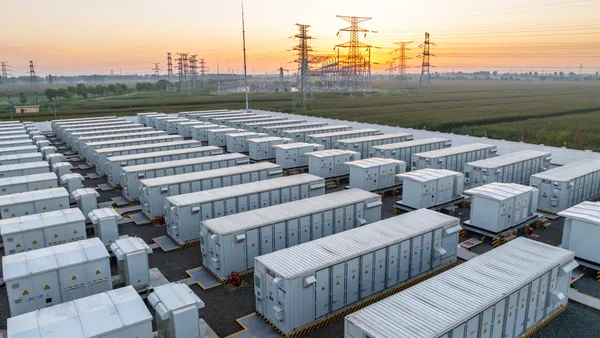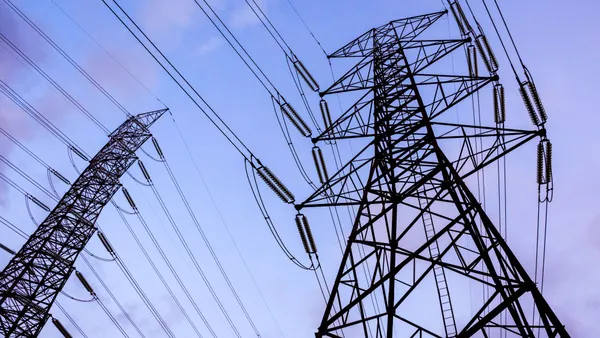Dive Brief:
- The California Energy Commission (CEC) is putting up to $11 million on the table for developers of energy storage technologies other than lithium-ion batteries, according to a solicitation launched last month.
- The agency is looking for one group of projects based on emerging customer-side storage technologies and a second to focus only on customer-side electrolytic hydrogen storage. Applications are due by Feb. 4.
- The solicitation is largely driven by California’s 100% clean energy statutory requirement and the need for a diverse set of longer-duration storage technologies, Jason Burwen, vice president of policy at the Energy Storage Association, told Utility Dive. But newer storage technologies are likely to face a host of challenges in the market.
Dive Insight:
Lithium-ion batteries have dominated the storage space for the last decade, largely due to declining costs caused by global build-out of storage manufacturing capacity for electric vehicle markets, according to Burwen. The technology is also familiar to the financial sector and investors.
But California’s ambitious clean energy goals cannot be met only with current storage technologies, according to the CEC, due to inadequate energy density, longevity and pricing for them to be feasible at a larger scale across the state. As California increases its share of renewables on the grid, the state will need more cost-effective and high performing storage systems, which would require branching out to emerging technologies, the agency said in its solicitation.
“The timing is right for supporting emerging technologies that can out-perform existing energy storage technologies because a substantial amount of the energy storage in California was installed in the last few years and will need to be upgraded or replaced in the next [seven to] 15 years,” the CEC said.
The CEC is offering funding to storage projects that are still in the research and development stage. The first group of non-lithium ion projects could include technologies like flow batteries, flywheels, thermal storage and compressed air systems — developers will have to demonstrate how their facilities improve energy density, and promote resiliency, reliability and affordability vis-a-vis current technologies. In particular, the CEC is looking for storage technologies that provide longer durations, have a longer life cycle, and are operationally safer than lithium-ion batteries, according to Burwen.
“Duration, I think, is probably the primary characteristic that motivates the CEC’s solicitation and for that matter, a lot of interest in next generation storage technology,” he said.
The second group’s sole focus, on the other hand, will be converting electrolytic hydrogen storage technologies from laboratory prototypes to field tests, and proposals will have to indicate the commercial potential of their systems, along with a forecast of prices. Neither group can include fossil fuels in their proposed storage systems.
“A lot of these technologies are like a rearview mirror — objects are closer than they appear. And we’re seeing some of these non-lithium ion technologies already starting to get planned, if not already deployed,” Burwen said. Last month, for instance, Highview Power Storage and Encore Renewable Energy announced plans to build the country’s first long-duration, liquid air storage project in Vermont.
At the same time, non-lithium ion storage technologies are essentially “chasing a moving target,” Burwen added. If lithium-ion costs continue to decline over the next several years, new technologies will have to meet more intensive cost benchmarks. Developers of emerging technologies also need to figure out how to get paid for additional performance, like longer durations.
“And then there’s the third challenge, which is for the investment community to get comfortable, you need a track record — but to get a track record you need to get enough investments and some deployments. So that is always going to be a challenge for any new entrant,” he said.
The CEC is aiming to approve the grants by June 10, with the agreements beginning on June 30 and continuing until the end of 2023. Parties can submit written questions to the agency before Jan. 9.















